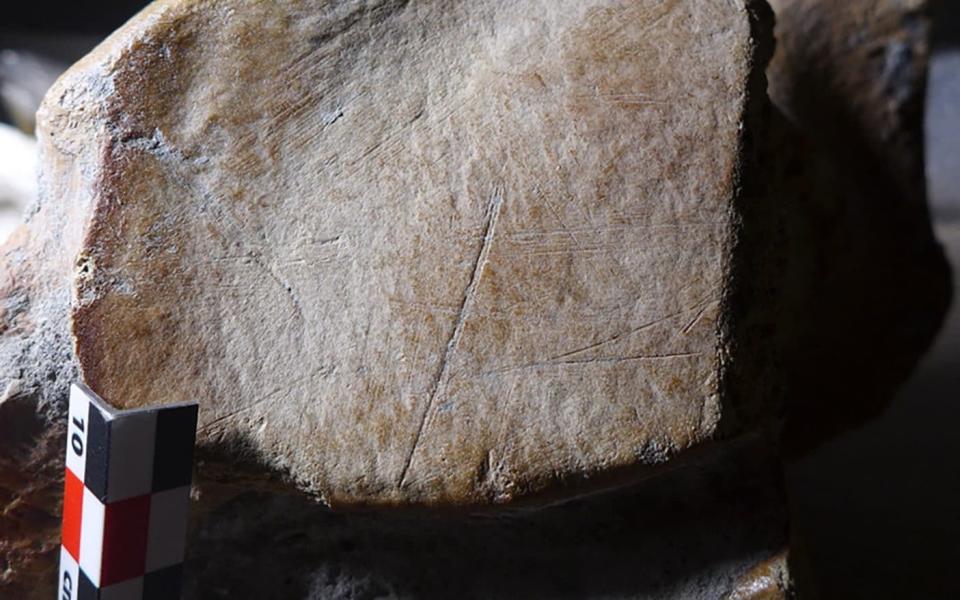Neanderthals hunted giant elephants and made thousands of meals from a single beast

Neanderthals hunted enormous elephants 125,000 years ago and made thousands of meals from just one of the 13ft tall beasts, scientists have found.
The findings may revolutionise what we know about Neanderthals, the scientists say, and hint at either larger societies than currently thought or the ability to store and preserve food.
It is believed Neanderthals only lived in groups of 25 and there has been no evidence found beforehand that the human cousins were able to process and save food.
New analysis of more than 3,100 straight-tusked elephant remains first found in the 1980s and 1990s revealed telltale signs of hunting and butchering on the bones.
The now-extinct animal dwarfs current elephant species and has the scientific name Palaeoloxodon antiquus and had unusually long and essentially straight tusks.

“The detection of clear and unusual lesions in the bones induced us to undertake a more detailed analysis of the elephant remains," said Prof Sabine Gaudzinski-Windheuser, professor of prehistoric and protohistoric archaeology at Johannes Gutenberg University Mainz, who led the study.
Analysis revealed male elephants were much more common than females in the elephant graveyard. The scientists believe the males were likely targeted because they were larger than the females, providing more meat, and probably lived alone and not in a familial group which made them easier to kill.
The elephants were hunted for two millennia, data show, spanning dozens of generations, indicating the megafauna of Eurasia were a staple of Neanderthal diet.
One male straight-tusked elephant weighing a modest ten tonnes would supply 2,500 meals each providing 4,000 calories worth of protein and fat, the scientists calculate.

This, they believe, is evidence that there was more to Neanderthal culture than we might currently think.
For example, for that much food to be consumed before going bad would require many more people living in the Neanderthal societies than the believed maximum size of 25 that current studies state.
Or, the Neanderthals had the ability to store and preserve meat, allowing them to keep it edible for longer. There has been no evidence of this previously, and the scientists behind the new study say it is a distinct possibility.
“This constitutes the first clear-cut evidence of elephant hunting in human evolution," commented Professor Wil Roebroecks of Leiden University.
“The intensity and nutritional yields of these well-documented butchering activities, combined with previously reported data from this Neumark-Nord site complex, suggest that Neanderthals were less mobile and operated within social units substantially larger than commonly envisaged,” the scientists write in their study, published in Science Advances.

